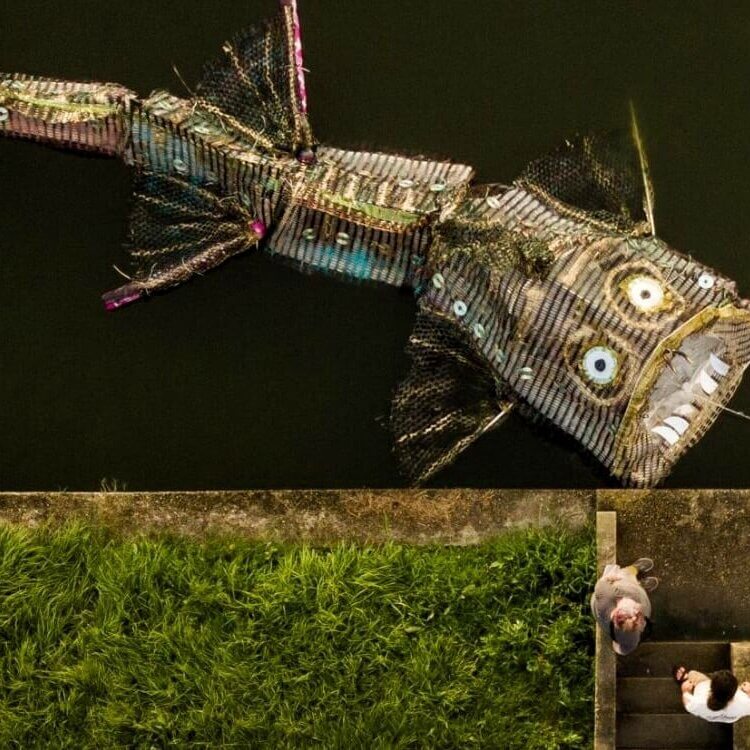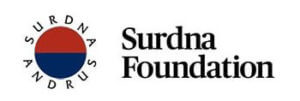Civic Studio / Water Leaders Institute in partnership with Carole Alden and adult and youth volunteers, Water Creature. Mixed media: salvaged materials and solar lights, 30 ft. × 9 ft. × 4.5 ft. (2019). Photo: James Collier.
NPN’s Southern Artists for Social Change envisions a world in which people of color living, working, and organizing for community change in the South have the power, resources, and opportunities to thrive.
“Through Southern Artists for Social Change, NPN is walking the talk,” says Director of Local Programs Stephanie Atkins. “This positions our Southern Programs into the national conversation around racial and cultural justice because the artists and artistic projects that we’re supporting are making change in the community, on the ground level. NPN, we’re a piece of the puzzle, but the real work is happening through the artists and their creativity. They’re the ones who are coming together with their community and shaping their own destiny and future.”
The Southern Artists for Social Change program provides $25,000 project grants to artists and culture bearers of color engaging in social change in urban, rural, and tribal communities of Alabama, Louisiana, and Mississippi. The grant is part of the Surdna Foundation’s Radical Imagination for Racial Justice initiative, which has partnered with eleven organizations nationwide to support artists of color working to advance racial justice within their local communities. As part of this initiative’s US South learning cluster, Southern Artists for Social Change is a three-year pilot program to expand NPN’s regional support beyond our local community in New Orleans, investing in the Deep South’s strong creative legacies and deep community-based practices.
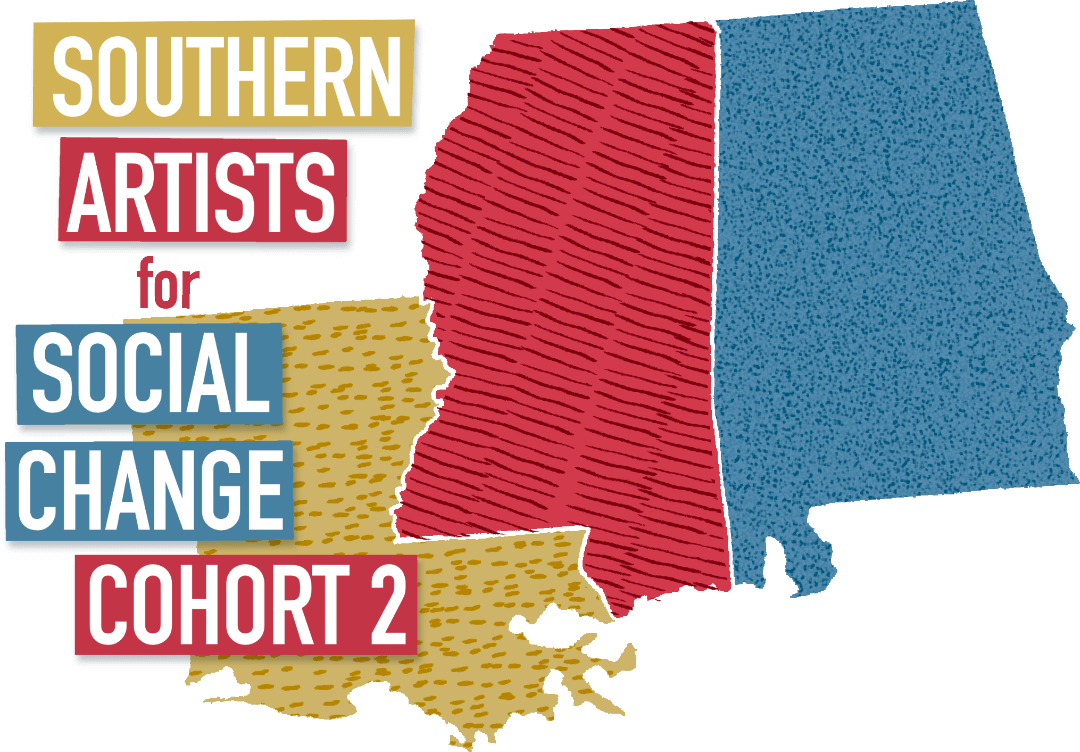
In its second year, Southern Artists for Social Change awarded $200,000 to 8 projects that identify community challenges or needs; imagine a different future; and practice, test, and/or design for approaches toward that future that center racial justice. Over two years, the program has awarded $500,000 to support 20 projects. The call for submissions for the third cohort will open in April of 2022.
“There are common threads throughout these projects of knowledge exchange and building up peoples’ souls,” Atkins says. “Society of Clotilda and Sacred Wellness 360 are building visibility for Black women. If These Walls Could Sing and Up for Interpretation are about sharing generational knowledge and feeding the soul of a community. The Last Call Creative Fellowship ensures Black trans artists and organizers have solid footing, and the connection to land in the Land Memory Bank and Seed Exchange, the United Houma Nation’s work, and Water Map New Orleans, are really about our spirit and our soul. My parents are from the country, and when I go to my grandparents’ house, to know that I’m standing on the land that’s been in my family for years, that’s something that grounds me. All these projects are so grounding, they feed peoples’ spirits. There are moments when you’re enveloped in an experience that’s related to who you are and how you identify yourself and you think, for example, ‘Thank God I’m a Black and brown person. Only my people can do this.’ It’s that type of filling the soul. That’s why we’re doing this work: because every group of people, no matter how they identify, need to be visible to the world, and to themselves.”
Introducing the Southern Artists for Social Change Cohort 2
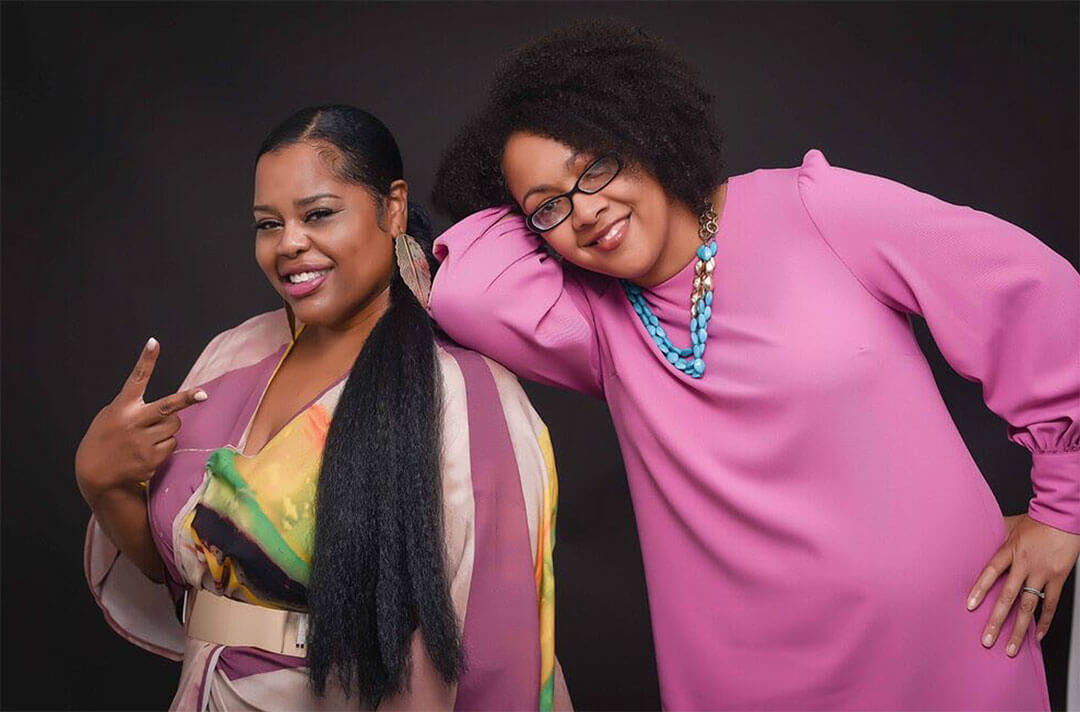
Chandra Brown and Jessica Norwood (Mobile, AL)
Society of Clotilda
Rooted in deep joy, Society of Clotilda is a parade experience centered on Black women that uses its proceeds to support national wellness programs for Black women and their children. This social enterprise mixes the popularity of social aid and pleasure clubs and Black Girl Magic to solve the public health crisis of domestic violence. They connect Black women online and in-person with actionable tools to take command of their lives and their communities’ financial and emotional health. Founded by Jessica Norwood and Chandra Brown, Society of Clotilda’s work includes founding an intergenerational healing circle called “How I Wear My Crown,” hosting a community brunch, creating a garden and community sculpture with the Kinfolk Effect, collecting oral histories, and establishing an artist-in-residence program for Black women. Grant funds will support planning and wellness activities for culture bearers, creating and publishing process documentation (including a zine as well as oral and written histories) and outreach materials, and increase funding for artists in residence.
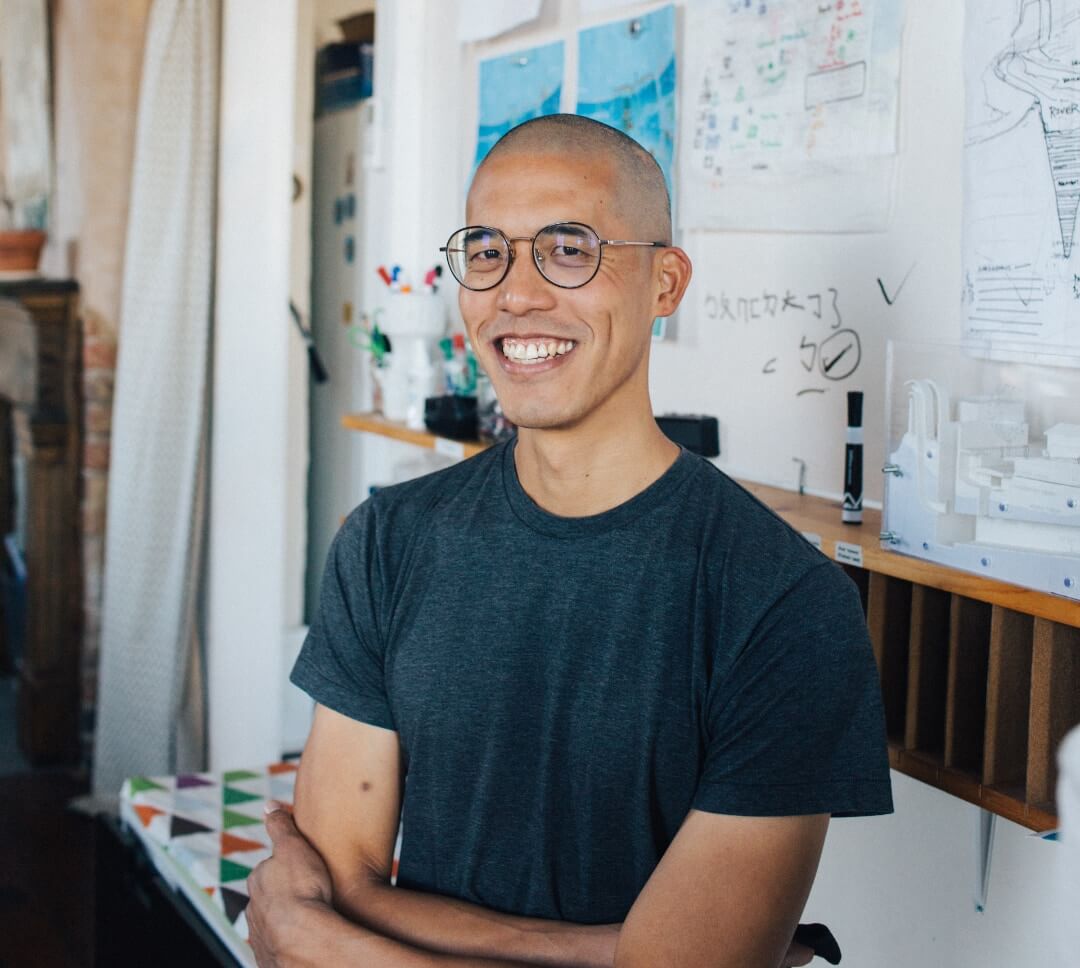
Aron Chang, Civic Studio / Water Leaders Institute (New Orleans, LA)
Water Map New Orleans / Water Map Bulbancha
Water Map New Orleans / Water Map Bulbancha is a multimedia platform for exploring the past, present, and future of southeast Louisiana's relationship to water. This platform will exist in both paper and digital forms, integrating stories, artwork, mixed media, and technical layers of land use, infrastructure, and water. Users will be able to engage questions such as: Where can I put a boat in water? How do I learn about drainage pump stations or where my drinking water comes from? Which areas are below sea level? Where can I learn about the city’s green infrastructure projects, or how Native Americans have lived in relation to water? The map will also feature the results of both top-down and bottom-up planning outputs, including drawings and narratives developed through community co-creation and design workshops. With this map and programming, every resident will have ready access to the information and resources critical to building water literacy, and for building towards a collective vision for what “living with water” will look like.
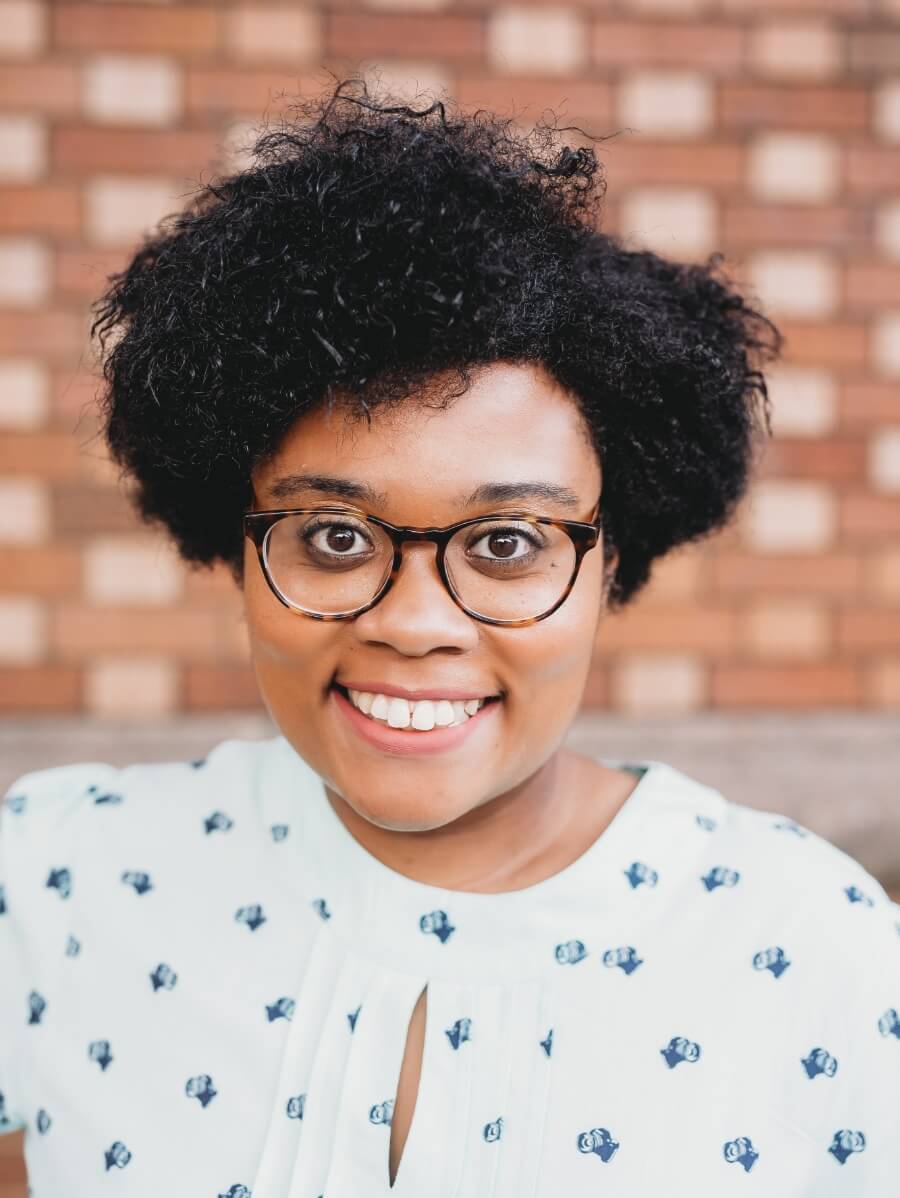
If These Walls Could Sing
In conjunction with Scrollworks Youth Music School and St. Paul United Methodist Church, If These Walls Could Sing is a project that combines creative writing, music, and film in a way that highlights the history of St. Paul UMC, a site in the Birmingham Civil Rights National Monument. This project will connect Scrollworks music students with the story of the church, encourage them to recognize the history around them, and invite the greater community to share their experiences in the civil rights movement. If These Walls Could Sing will culminate in a short film that incorporates St. Paul UMC’s place in the civil rights movement, the music of the Scollworks students and church members that walk through the halls every week, personal accounts of the civil rights foot soldiers, and archival footage and photos.
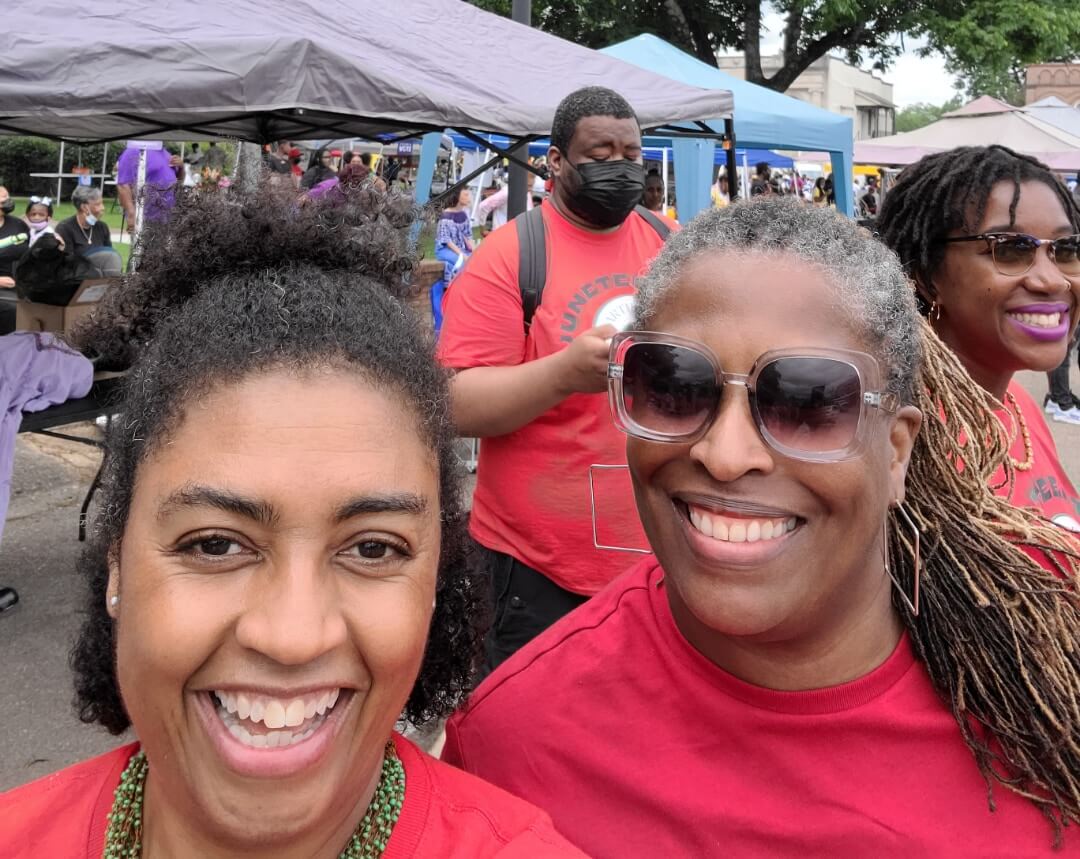
Up for Interpretation
The Earthseed Collective plans and creates opportunities to ignite imagination in the City of Holly Springs. Over the course of their 2020 Southern Artists for Social Change project ART+FACT—a community art experience based on the stories of African American Elders and community memory—the collective noticed a local tendency to memorialize historic events and buildings separately, without an understanding of the events and places’ context in the lives of Holly Springs residents, especially those of Black residents. To combat this, they will develop Up for Interpretation, a performance-based game through a database of facts curated by Earthseed Collective in a proof-of-concept app. The app will allow community members and visitors to travel across the town, discovering the historical and cultural markers in Holly Springs not only through recorded facts but also through stories and memories of community members. With this work, the collective seeks to situate Blackness as a prime vehicle of our shared history, creating the potential for Black people to benefit from their own cultural production.
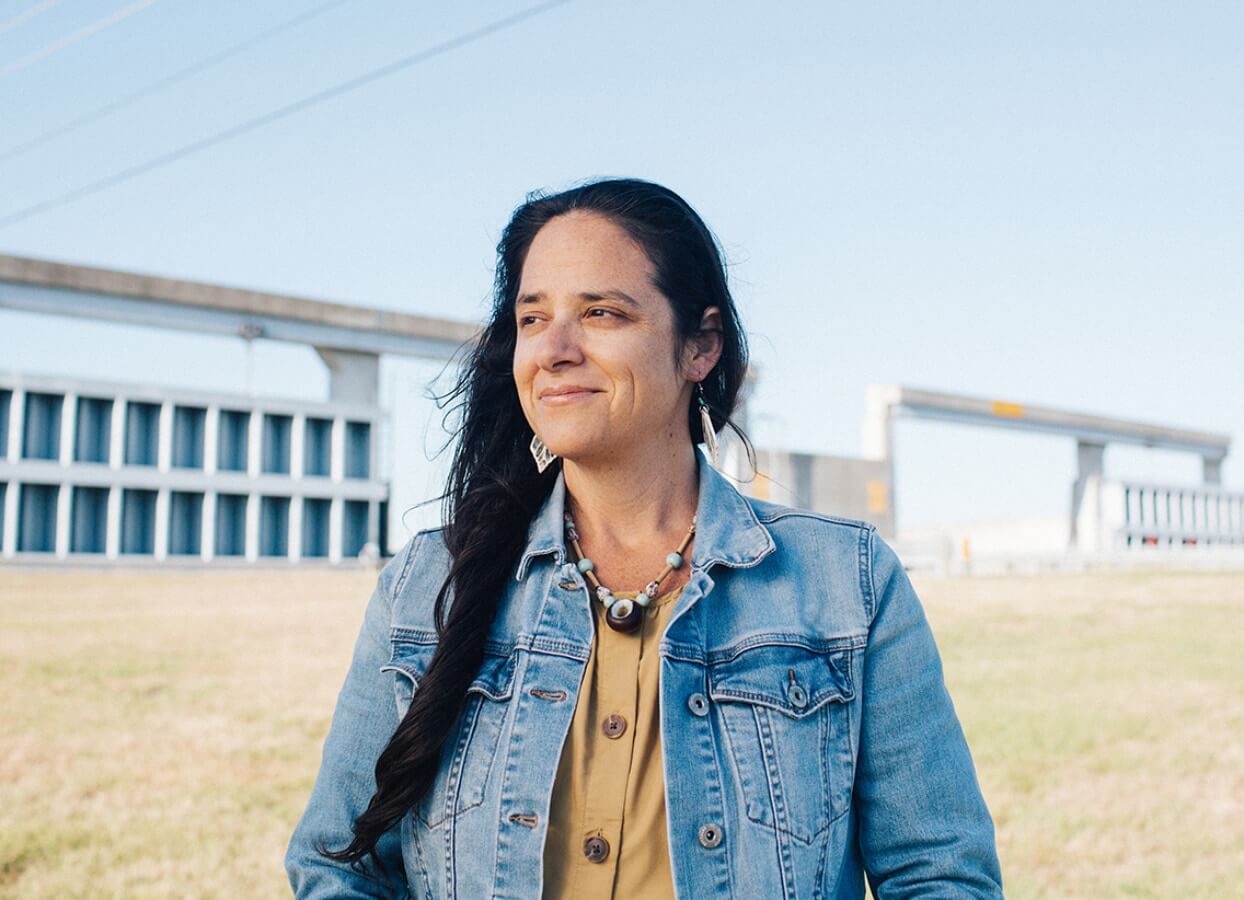
BOTANICA
BOTANICA is a multiracial/ethnic collaboration that pulls together storytellers, scholars, herbalists, artists, and gardeners to crosspollinate knowledge of ethnobotany across communities in south Louisiana. The project is designed to honor the medicine found in nature and the life work of its collaborators, and to share plant and mycelium knowledge with the region and beyond. It began in the Fall of 2020 as a series of virtual conversations for bayou communities to share plant knowledge, cohosted by the Land Memory Bank and Seed Exchange network, a program of Another Gulf is Possible, and the Neighborhood Story Project. Now, participants of the BOTANICA project will develop a publication, exhibition, and online resource to illuminate the wisdom of their network and highlight the plant and mushroom knowledge found in the Mississippi River Delta. The collaborators will also hold a series of public programs alongside the exhibition to continue conversations and distribute traditional and medicinal plants to the public. Lead artist Monique Verdin writes, “It is our hope that this project will continue to create space for civic dialogues regarding plants and planetary wellbeing between communities that have been segregated from one another, to create long-lasting relationships.”
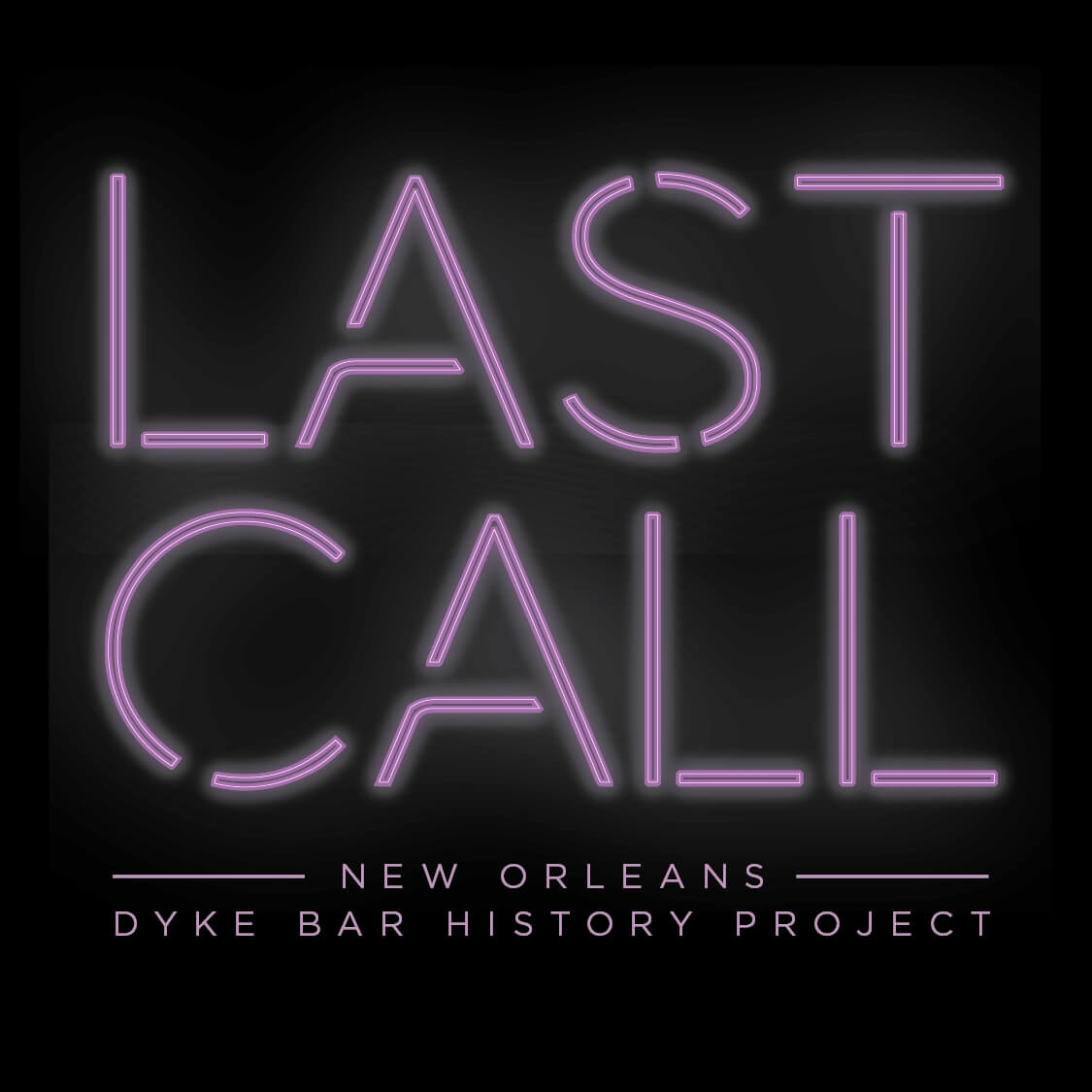
The Last Call Creative Fellowship
The Last Call Creative Fellowship seeks to be a radically imaginative bridge that will help us to get to a future in which Black trans and gender nonconforming (TGNC) artists are thriving. Over the course of 16 months, Last Call and community partners will guide up to ten Black TGNC artists and organizers through a series of professional and artistic development exchanges that intertwine oral history and art making, with skill- and community building. Utilizing a For Us, By Us (FUBU) model, the Last Call Creative Fellowship will preserve and bring to life the stories of Black trans and queer folks in the South, while simultaneously providing investment infrastructure for Black TGNC artists and organizers in New Orleans. The project directly addresses the disparity of investment in and funding for Southern Black trans creatives and organizers, working toward a world where Black trans and gender nonconforming folks—and all Black folks—can live self-determined, sustainable lives doing work rooted in passion.
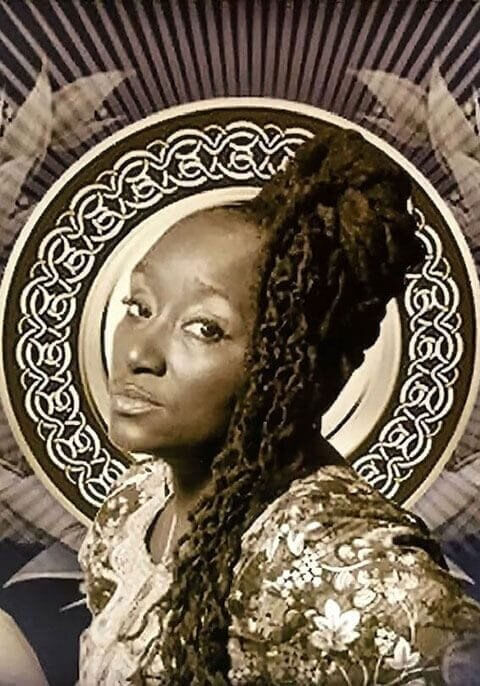
Photo: Jerry Taliaferro
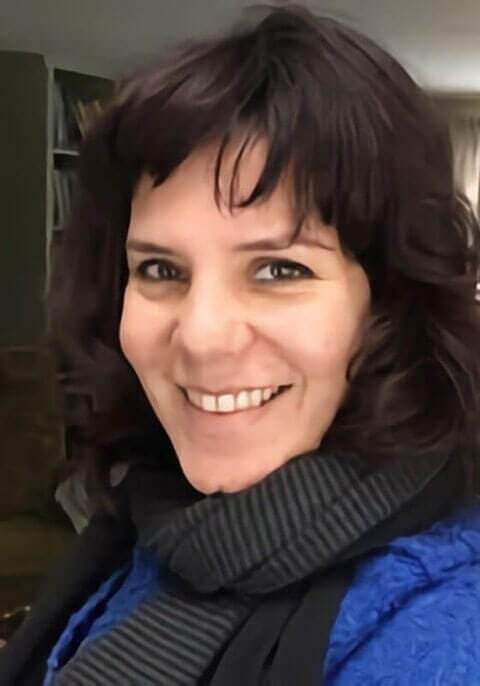
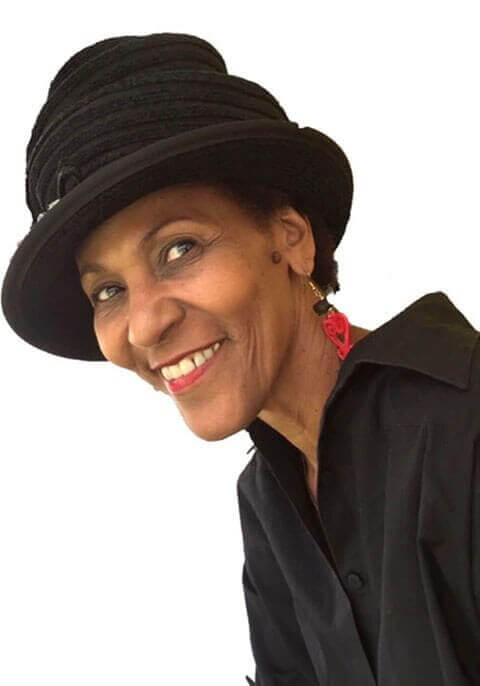
Photo: Abe Lavalais
Sacred Wellness 360 (New Orleans, LA)
Sacred Journey: A Living Museum
Sacred Wellness 360 responds to the need for more holistic wellness reentry programs for women in New Orleans. Cohorts of formerly incarcerated women participate in workshops led by other artists, formerly incarcerated people, a clinical psychologist, and holistic healers, to support their successful reentry into family and community, gaining tools of artistic practices, self-care, healing knowledge, and ancestral wisdom. The project’s next iteration draws on the first cohorts’ feedback and experience that there is a need to go deeper into understanding the connection between slavery and incarceration. Sacred Journey: A Living Museum will connect audiences to this correlation by inviting them to take a journey with formerly incarcerated women as they make ancestral connections to enslaved women. This living museum will inform, reveal, and give voice to two groups of women who rarely have had a voice in our cultural landscape: the enslaved woman and the formerly incarcerated woman.
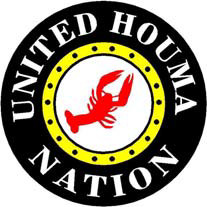
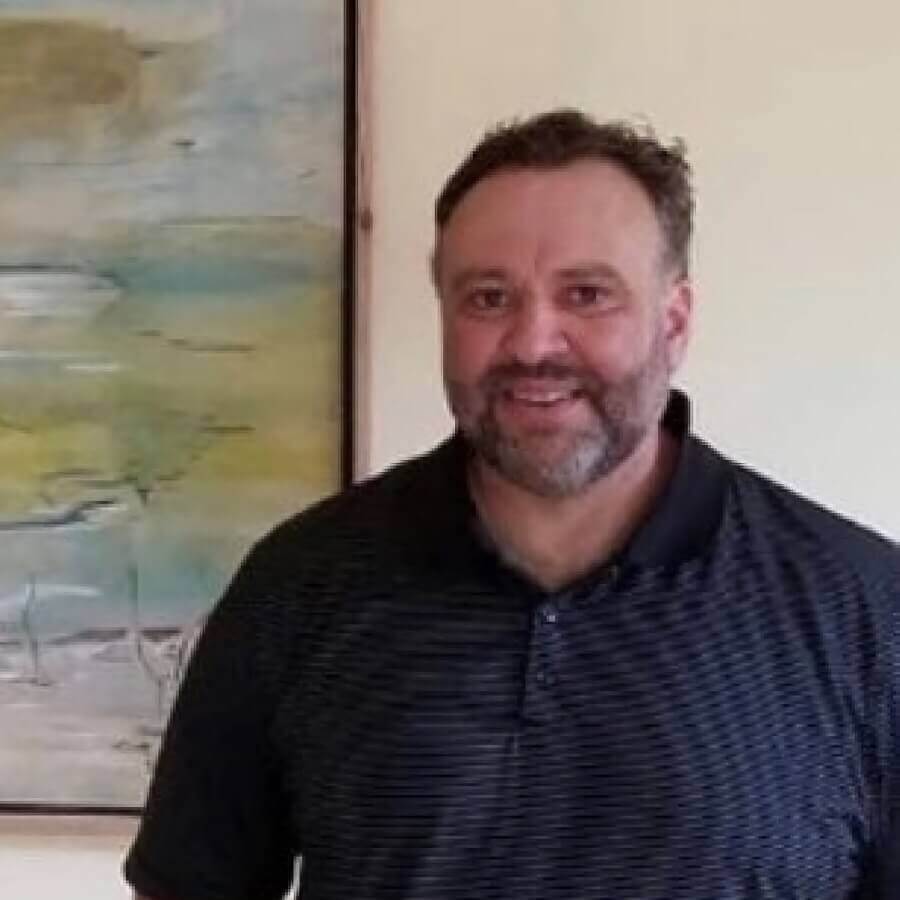
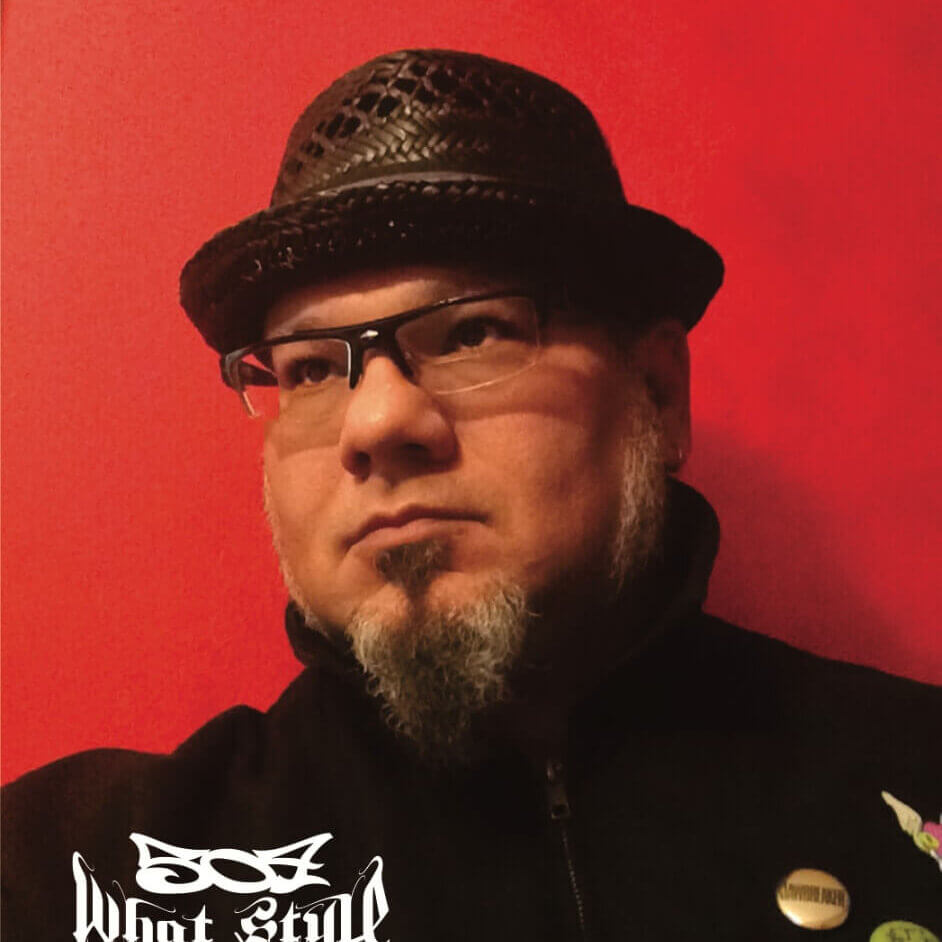
Artistic Face of a Tribal Nation
The United Houma Nation (UHN) is dedicated to improving the lives of its citizens by implementing programs and services that assist its people. The Artistic Face of a Tribal Nation project aims to engage both tribal citizens and the surrounding community of Houma, Louisiana, by compensating two UHN citizen artists to complete a mural on the outside of the new United Houma Nation Tribal Administration Office. The UHN’s 2020 Southern Artists for Social Change grant included, in part, adding a Cultural Arts Center to their new Tribal Administration Office and creating an Arts Council. In the second phase of the project, they will work with artists Scott Hebert and Steve Williams to create a mural on the outside of the building, which will be created with community input. Painting will begin with a community day for Houma citizens and the general public. The project will signal that the tribe has the capacity to compete on the same level as other museums and cultural centers in the area and aims to bridge the Houma people and the city of Houma, starting conversations and ensuring that the UHN is included in future conversations. Archivist Melanie Hayes writes, “The first portion of this project allowed us to focus specifically on bringing our artists together. We would now like the chance to bring these positive changes to the community.”
